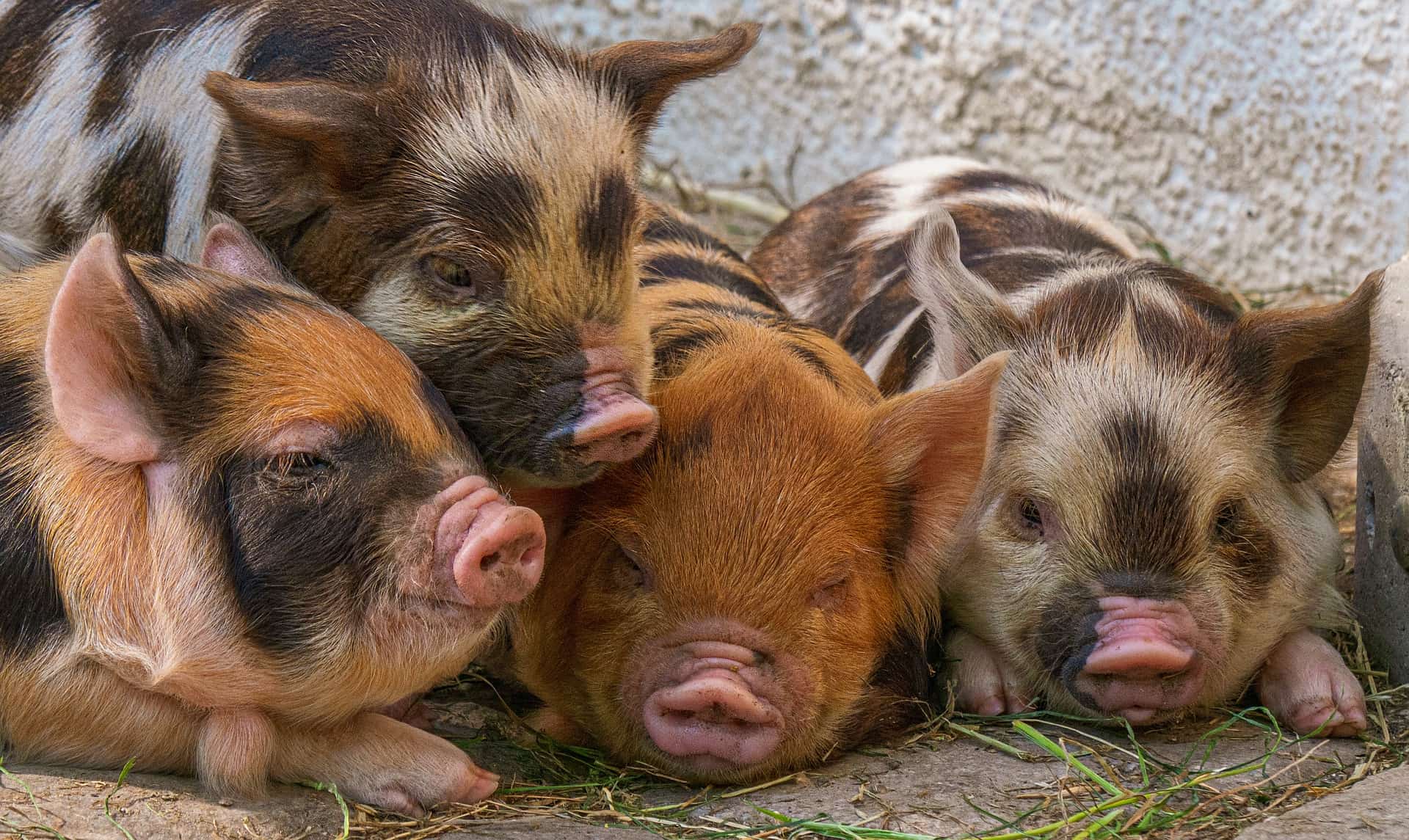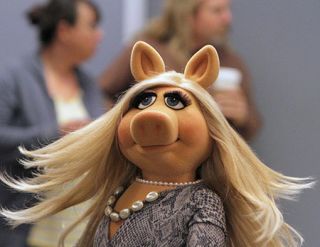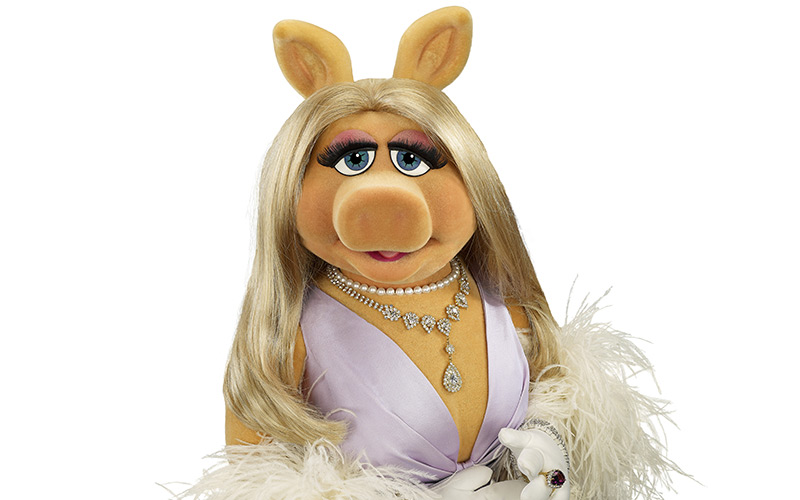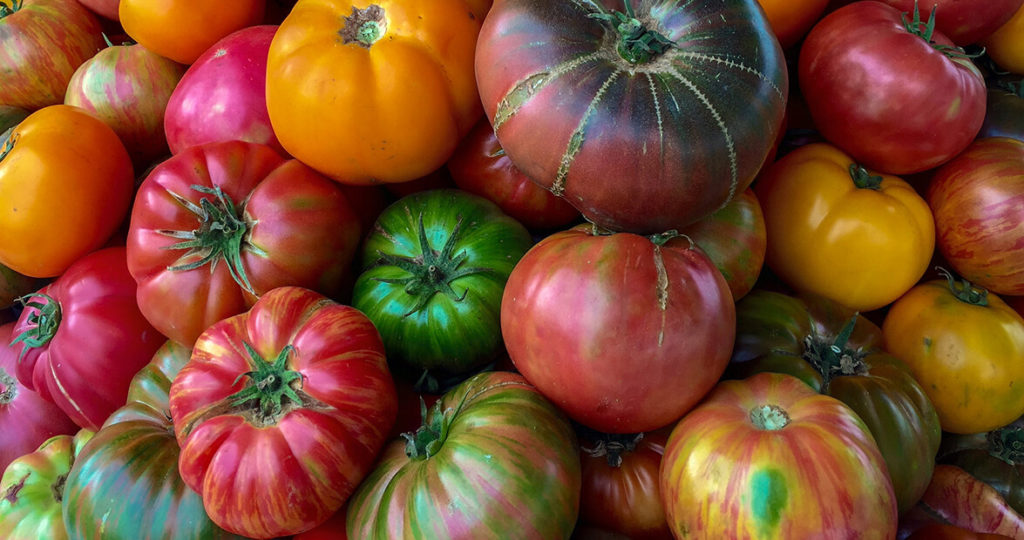
- The most famous Piggy, star of show business, queen of all… MISS Piggy!!
- Many Pigs appears in cartoons and movies, becoming beloved characters. Few worth mentioning: “Piglet”, from Winnie the Pooh; “Pepa pig”; “Babe”; “Three little Pigs”; “Wilbur”; “Porky Pig”.
- Pigs hug each other when they sleep. They dream like people do. In a natural setting, pigs spend a lot of time playing, sunbathing, looking for excitement and exploring.
- Pigs are in the Suidae family, which includes eight genera and 16 species. Among those species are wild boars, warthogs and pygmy hogs and domestic pigs.
- Pigs constantly communicate with each other, they have their own language
- Newborn piglets learn the voices of their mothers and recognize their own names given by the sow
- Pregnant sows sing to their young while they are nursing
- Pigs have an exceptionally good orientation in the field and remember the way, they can return home
- Pigs do not “eat like pigs” in nature, they eat slowly (they compete on the farm and therefore eat so greedily)
- Pigs, contrary to appearances, are extremally clean animals. If they have enough space, they are careful not to soil the place where they sleep or eat.

- The pig does not “sweat like a pig”; are unable to sweat (have no sweat glands)
- They like to bathe in water or mud to maintain their body temperature. They prefer water to mud.
- Pigs are extremely intelligent. They are curious animals that are generally considered smarter than toddlers at least 3 years of age, dogs, and even some primates.
- Pigs are incredibly quiet animals, rarely showing aggression. The exception, as with many animals, is when the mother (sow) and her young offspring are provoked or threatened.
- Wild pigs play an important role in managing ecosystems and maintaining biodiversity (they are omnivores)
- Pigs have an amazing sense of smell. The large circular disc of cartilage (snout disc) at the end of the mouth is connected to the muscles, giving it extra flexibility and strength to dig through the ground.
- Winston Churchill said that “Dogs look human. Cats look at humans. Pigs look us straight in the eye and treat us as equals.”
- The pig is the last of the 12 animals in the Chinese zodiac. She is seen as representing fortune, honesty, happiness, and masculinity
- Pigs have 15,000 taste buds! Humans only have 9,000
- An adult pig can run up to 11mph
- Pigs drink up to 14 liters of water daily
- There are approximately 2 billion pigs on earth!
- Pigs have 4 toes on each foot, but only walk on 2 because they are connected to the hoof

- People with hair allergies buy pigs as pets because the bristles are covered with hair (they do not lose it like e.g. a dog)
- Pigs are easily trained to walk on a leash, use a litter box, and do tricks
- There are twice as many pigs in Denmark as there are people!
- Trained pigs sniff truffles in the ground, make a sensation in drug scandals by detecting hidden drugs.
- Pigs have poor vision. They can distinguish between primary colors.
- Pigs were among the first animals to be domesticated — about 9,000 years ago — in China and in a region in what is now Turkey.
- Pigs usually weigh between 300 and 700 lbs. (140 and 300 kilograms), but domestic pigs are often bred to be heavier.

- In 2012, a hog named Reggie set a weight record of 1,335 lbs. (605.5 kg) in the Iowa State Fair’s.
- largest domestic pig of all time. That title goes to a porker named Big Norm of Hubbardsville, New York, who topped the scales at a whopping 1,600 lbs. (726 kg) when he died in 2009, according to the Syracuse Post-Standard.
- The saying: “drunk like a pig”, is not related to a pig, but to the family of Pigs (von Schweinichen) who are famous for the fact that they can drink a lot
- Pigs have poor vision. They can distinguish between primary colors.
- The pig cannot look at the sky because it has no vertebrae to move its head upwards.
- Pigs are omnivores. What they get, they eat. In their natural environment, they eat mainly roots, forest fruits and small mammals.
- When there is a spring, it is happy, when it hangs – it is sad, and when it is bad, what is happening to it (tail)? Probably her blood pressure jumps, more blood flows to her tail and it becomes stiff.

- The pig has an exceptionally good sense of smell. Apparently, he can smell the scent in the open from up to 10 km away.
- Wild pigs typically live in grasslands, wetlands, rain forests, savannas, scrublands, and temperate forests.
- A male pig is a boar.
- A pig can give birth to 8-14 piglets in one litter.
- A pig can reach its usable weight at the age of 6 months.
- There is only one pig in the Kabul Zoo in all of Afghanistan.
- Pigs communicate with a variety of grunts and squeaks. A short grunt, a longer growl and a loud roar will warn other pigs of approaching danger.
- The pigs’ primary defense is speed, but when cornered, their tusks can be formidable weapons. Their lower tusks can get to be about 3 inches long (7 cm) and are razor sharp.
- Half of all pigs in the world are reared in China.
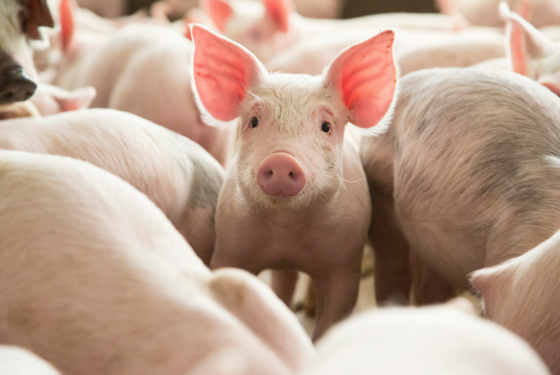
- Pigs are in many ways more intelligent than dogs.
- When a pig’s tail is like a spring, the pig is happy. If a pig’s tail hangs, then it is unhappy.
- A pig can be taught, just like a dog, simple commands.
- Because they have an exceptionally good sense of smell, they are used to look for truffles.
